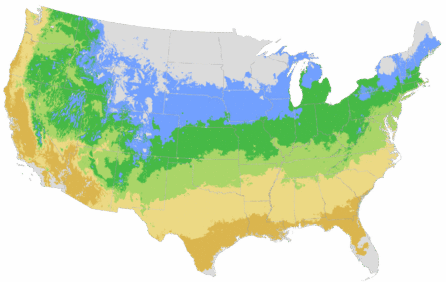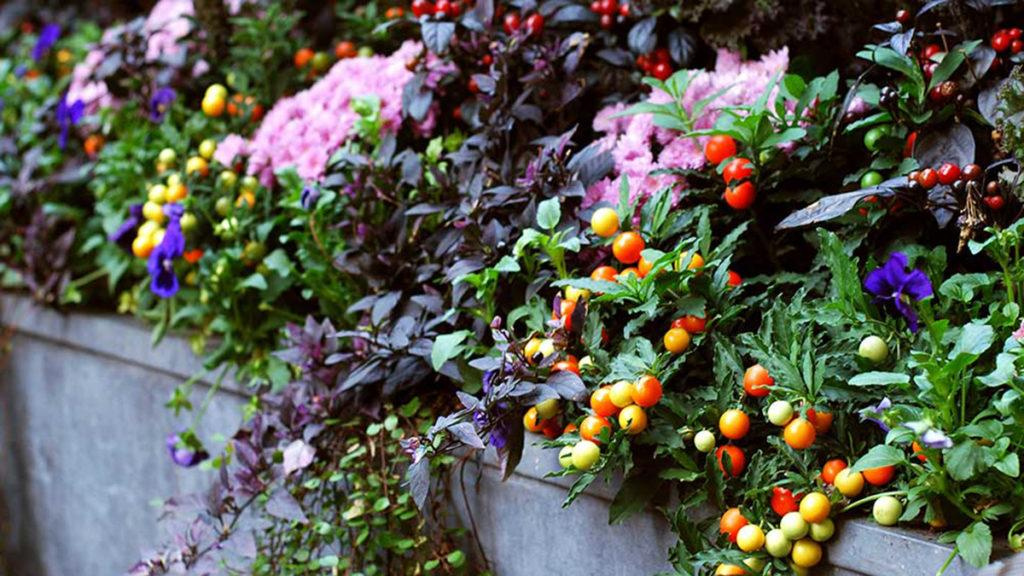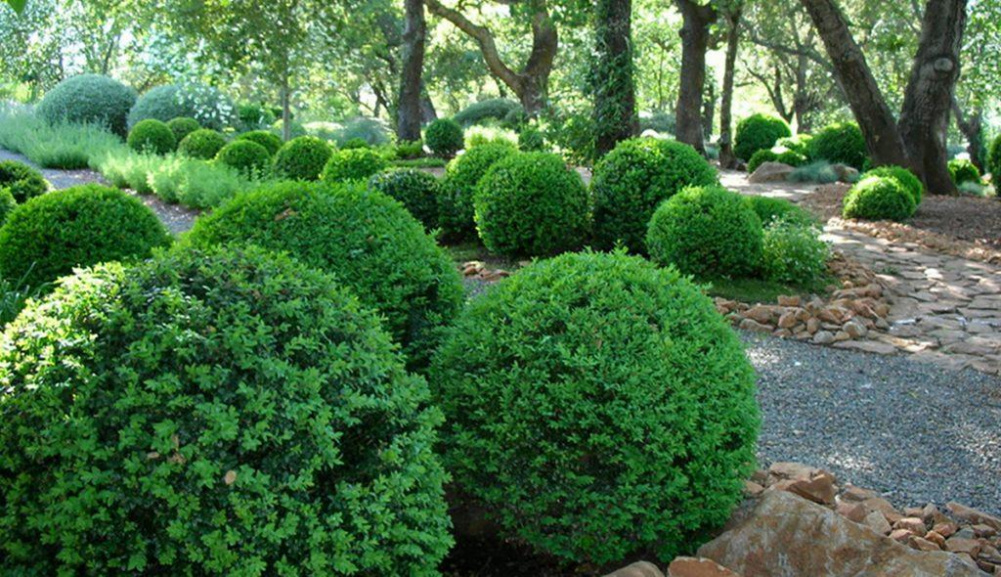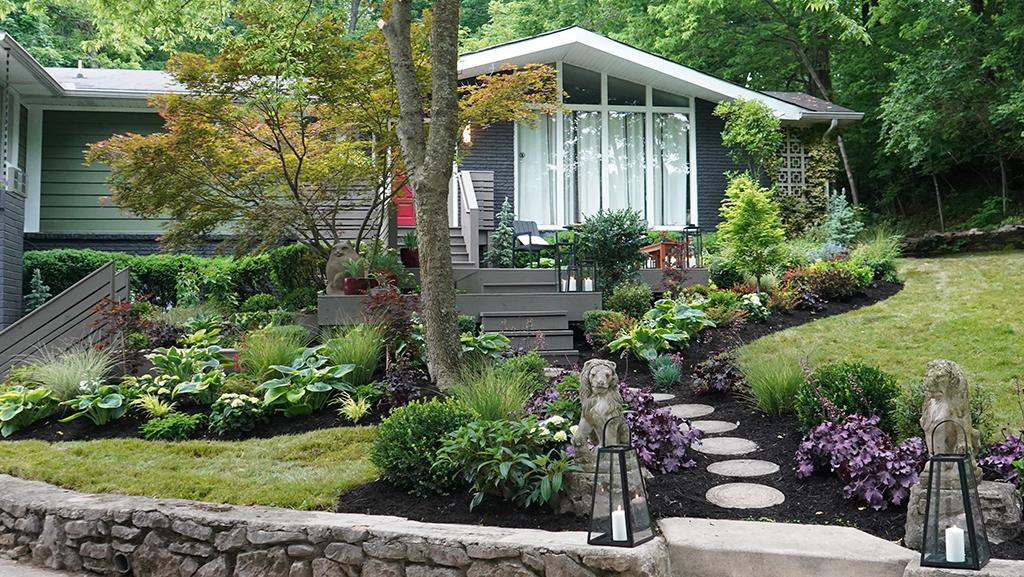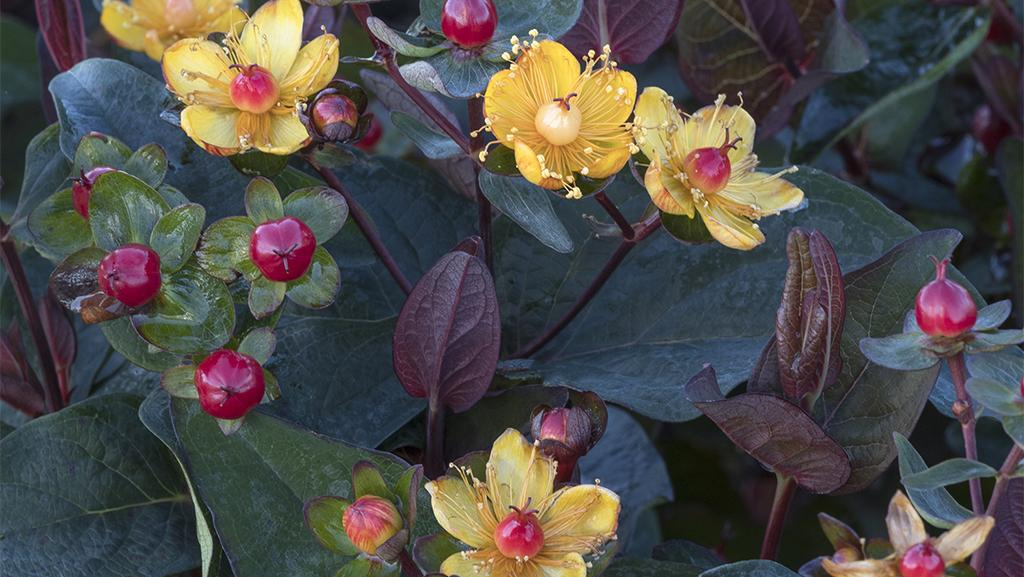You're growing in this Zip Code:
Change LocationDiscover Plants for Your Area
Winter Gem Boxwood
Buxus microphylla var. japonica 'Winter Gem'
Retailers Near You
| Description | An excellent evergreen shrub for small hedges. Among the hardiest of the small-leaved boxwoods, the rich green foliage can acquire a golden bronze hue in cold winter zones, but is one of the first to become green again in spring. Makes a wonderful addition to formal gardens, providing year-round interest. |
|---|---|
| Bloom Time | Inconspicuous; prized for foliage. |
| Deciduous/Evergreen | Evergreen |
| Special Features | Easy Care |
| Problems/Solutions | Deer Resistant, Rabbit Resistant |
| Growth Rate | Moderate |
| Growth Habit | Rounded |
| Landscape Use | Border, Container, Hedge, Privacy Screen, Suitable for Topiary |
| Design Ideas | This is the classic hedge plant. Its dense, evergreen growth makes it perfect for shearing into a small, formal hedge. Ideal for defining different spaces in the garden or for a tidy foundation cover-up. It is especially lovely against red brick. Use as a partition to divide your front yard or driveway from your neighbor's. Also beautiful as background foliage. Creates lovely topiaries, particularly in cone shapes if planted where it snows. An excellent plant for parterres and hedge mazes. Keeps its color over winter. |
| Flower Color | Yellow |
| Foliage Color | Green |
| Companion Plants | Spirea (Spiraea); Lilac (Syringa); Weigela (Weigela); Maiden Grass (Miscanthus); Coneflower (Echinacea); Gayfeather (Liatris) |
| Care Instructions | Thrives in enriched, well-drained, neutral to slightly acidic soils. Mulch root zone to conserve moisture and to keep roots cool. Water deeply and regularly during the first few growing seasons to establish an extensive root system; reduce frequency once established. Apply fertilizer in early spring. Prune as needed to shape. |
| History | Also known as B. harlandii, this species is native to Japan. Sometimes sold as Buxus microphylla koreana. Boxwood is so named because its very hard wood was valued in ancient times for making boxes and small containers. |
| Lore | A Latin translation for Buxus is 'box'and the name may have been derived from its use to make small, finely carved boxes known in Greek as pyxos. Buxus is also Latin for flute; it is said that Roman gardener Pliny grew Buxus for making musical instruments. Dating back to 4,000 BC, Egyptians used clipped box hedges in their gardens. In Britain, three burial sites of the Roman era featured coffins lined with sprays of evergreen box. During the reign of Emperor Augustus, villas were planted with boxwood hedging and topiary, and during the reign of Henry V11, it has been written that Tudor gardens featured clipped boxwood knot gardens with thrift or cotton lavender bordering them. |
| Description | An excellent evergreen shrub for small hedges. Among the hardiest of the small-leaved boxwoods, the rich green foliage can acquire a golden bronze hue in cold winter zones, but is one of the first to become green again in spring. Makes a wonderful addition to formal gardens, providing year-round interest. |
|---|---|
| Bloom Time | Inconspicuous; prized for foliage. |
| Deciduous/Evergreen | Evergreen |
| Special Features | Easy Care |
| Problems/Solutions | Deer Resistant, Rabbit Resistant |
| Growth Rate | Moderate |
| Growth Habit | Rounded |
| Landscape Use | Border, Container, Hedge, Privacy Screen, Suitable for Topiary |
|---|---|
| Design Ideas | This is the classic hedge plant. Its dense, evergreen growth makes it perfect for shearing into a small, formal hedge. Ideal for defining different spaces in the garden or for a tidy foundation cover-up. It is especially lovely against red brick. Use as a partition to divide your front yard or driveway from your neighbor's. Also beautiful as background foliage. Creates lovely topiaries, particularly in cone shapes if planted where it snows. An excellent plant for parterres and hedge mazes. Keeps its color over winter. |
| Flower Color | Yellow |
| Foliage Color | Green |
| Companion Plants | Spirea (Spiraea); Lilac (Syringa); Weigela (Weigela); Maiden Grass (Miscanthus); Coneflower (Echinacea); Gayfeather (Liatris) |
| Care Instructions | Thrives in enriched, well-drained, neutral to slightly acidic soils. Mulch root zone to conserve moisture and to keep roots cool. Water deeply and regularly during the first few growing seasons to establish an extensive root system; reduce frequency once established. Apply fertilizer in early spring. Prune as needed to shape. |
|---|
| History | Also known as B. harlandii, this species is native to Japan. Sometimes sold as Buxus microphylla koreana. Boxwood is so named because its very hard wood was valued in ancient times for making boxes and small containers. |
|---|---|
| Lore | A Latin translation for Buxus is 'box'and the name may have been derived from its use to make small, finely carved boxes known in Greek as pyxos. Buxus is also Latin for flute; it is said that Roman gardener Pliny grew Buxus for making musical instruments. Dating back to 4,000 BC, Egyptians used clipped box hedges in their gardens. In Britain, three burial sites of the Roman era featured coffins lined with sprays of evergreen box. During the reign of Emperor Augustus, villas were planted with boxwood hedging and topiary, and during the reign of Henry V11, it has been written that Tudor gardens featured clipped boxwood knot gardens with thrift or cotton lavender bordering them. |
Retailers Near You
About Us
We have been pioneers and craftsmen in the art of growing plants for nearly
100 years. Since our founding in Southern California by Harry E. Rosedale, Sr.
in 1926, we have been absolutely dedicated and obsessed with quality.
We have been pioneers and craftsmen in the art of growing plants for nearly 100 years. Since our founding in Southern California by Harry E. Rosedale, Sr. in 1926, we have been absolutely dedicated and obsessed with quality.




